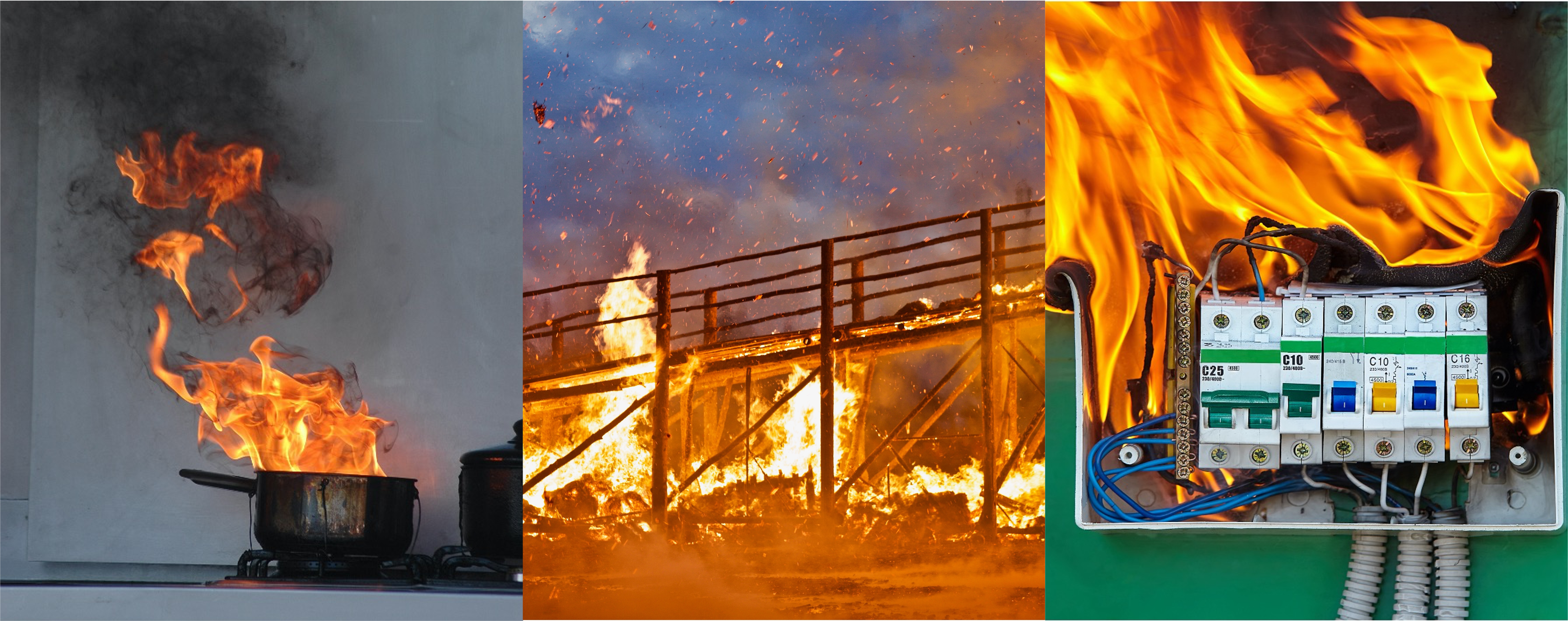
November is Lung Cancer Awareness Month. The 30-day event has one message: if you are showing signs of lung cancer, seek medical advice urgently.
Focusing a month-long campaign on just one idea might seem excessive or hurtful to those with the disease or who advocate on their behalf.
The intent is not to exclude, however. It’s to increase lung cancer survival rates. And this single-mindedness is necessary because lung cancer is still the deadliest of all types of the disease. It’s also much more survivable when detected early.
So, in support of Lung Cancer Awareness Month (LCAM), we’re presenting an overview of the disease and its symptoms. If you show any signs, get checked out as soon as possible.
Cancer Statistics in the UK
Almost everyone living in the UK will be affected by cancer in some way because it is still so deadly.
Roughly a quarter of all deaths in the UK can be attributed to cancer. In a typical year, this means that around 135,000 people are killed by the disease. And there are about 400,000 new cases diagnosed annually.
About half of total diagnoses are made up of just four types of cancer: prostate, breast, colorectal and lung. Of these predominant types, lung cancer is the least survivable. Less than half of all people with the disease live more than one year past diagnosis.
Lung Cancer Rates in the UK
Lung cancer accounts for 13% of new cases for both men and women, only beaten by prostate cancer in men and breast cancer in women.
This percentage works out to a little over 19,000 diagnoses annually for men. For women, it’s a little over 18,000. The gender gap in lung cancer diagnoses used to be considerably broader. However, between 1995 and 2019, lung cancer incidence among men fell by about a third. Over the same period, lung cancer rates rose by a similar amount in women, putting figures roughly on par.
There’s been a similar trend in survival rates. Before 1994, men diagnosed with the disease were considerably more likely to die than women. Since that time, the male death rate has essentially halved. It’s now comparable to the female death rate, which has stayed consistent over the past 30 years.
While this can be seen as a positive development, around 35,000 people are still killed by lung cancer every year in the UK. This figure makes it one of the deadliest forms of the disease.
Why is Lung Cancer so Deadly?
Early detection of lung cancer significantly improves survival rates. However, it’s often diagnosed later than other forms of the disease. In the UK, the vast majority (71%) of lung cancer cases are diagnosed in either stage 3 or 4. After this point, lung cancer is much harder to treat.
This trend in late-stage diagnosis is reflected across the globe, making lung cancer the deadliest form of the disease worldwide. According to the World Health Organisation (WHO), lung cancer killed an estimated 1.8 million people globally in 2020.
Despite high mortality rates, there are reasons to be optimistic. In the UK, some 18% of patients survive at least five years after diagnosis. While this figure is low, it’s double what it was in 2005, thanks to advances in treatment and detection. It’s not unique to lung cancer, but this fact highlights just how critical early detection is.
What are the Symptoms of Lung Cancer?
Lung cancer symptoms are sometimes overlooked because few are unique to the disease. It’s also possible that symptoms won’t show early on, which is why awareness is so important. Knowing the signs lets you recognise them as early as possible.
The general symptoms of lung cancer include:
- A persistent cough (one that lasts for three weeks or more)
- A constant hoarse voice (again, lasting three weeks or more)
- Chest pain
- Shortness of breath for no apparent reason
- Repeated or prolonged chest infections
- Coughing up blood (known as haemoptysis)
- Chest or shoulder pain that doesn’t go away
- Feelings of tiredness
- Unexplained weight loss
If you’re experiencing any of these symptoms, you must speak to your GP as soon as possible.

You can also read more about these symptoms on Macmillan’s website. The cancer charity also has a bit more background on LCAM.
NHS Early Screening
Since early lung cancer diagnoses are rare, the NHS launched a screening programme this year in England.
Former or current smokers aged between 55 and 74 have been invited to a lung cancer check. This works out to just under a million people. Those found to be high risk will then be invited for specialist follow-up scans every two years.
The scheme has already been trialled on a smaller scale, achieving a 76% early detection rate of cancers. If this success is seen across the complete programme, it’s projected to detect an additional 9,000 lung cancer cases in the early stages.
What Causes Lung Cancer?
Causes of lung cancer, like other forms of the disease, include random genetic changes. However, two lung cancer risk factors drastically increase the likelihood of it developing: smoking and asbestos exposure.
Smoking
Not all lung cancer patients are smokers, but the relationship between smoking and lung cancer cannot be ignored.
Cancer Research UK estimates that seven in 10 cases of lung cancer are a result of smoking (or passive smoking). Most people killed by lung cancer are also current or former smokers.
Any history of smoking makes it more likely you’ll develop lung cancer – the risk increases the longer and more heavily you smoke.
Asbestos
Asbestos exposure is another common cause of lung cancer. Two forms of the disease, lung cancer and mesothelioma, are linked to asbestos exposure.
Lung cancer describes cancer in the lung itself. Mesothelioma develops in the lining of the lung and is almost exclusively caused by asbestos exposure.
Statistics from Cancer Research UK state that more than 95% of mesothelioma cases in men are the direct result of asbestos exposure. For women, it’s slightly lower at 85%. This discrepancy is probably because men were more likely to work in industries – such as construction, demolition and manufacturing – with higher rates of occupational asbestos exposure.
The majority of mesothelioma sufferers are over 75 and potentially worked in high-risk industries before the outright ban of asbestos in 1999. The disease also has a long latency period, with symptoms developing years or even decades after initial exposure.

However, asbestos is still a threat. Any property built or renovated before 2000 may contain asbestos –an estimated 1.5 million buildings in the UK.
Asbestos Awareness
Because asbestos is a persistent danger in the UK, strict workplace regulations exist around it. Any worker at risk of exposure must be given appropriate safety training.
Our online Asbestos Awareness training complies with legislation and covers everything you need to know to work safely around asbestos. It explains how to spot asbestos-containing materials, how to avoid disturbing them and what to do if you’re accidentally exposed. Although the course is a legal requirement at any time of year, World Lung Cancer Awareness Month might be the right time to invest in training.
About the author(s)
























































































































































































































































































































































































































































































